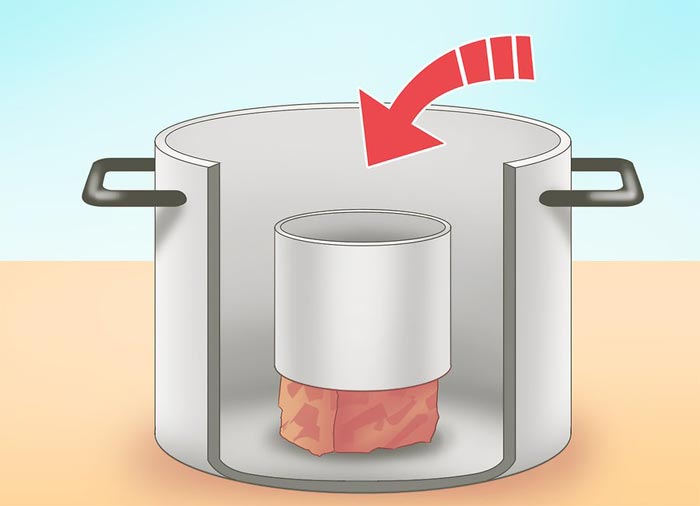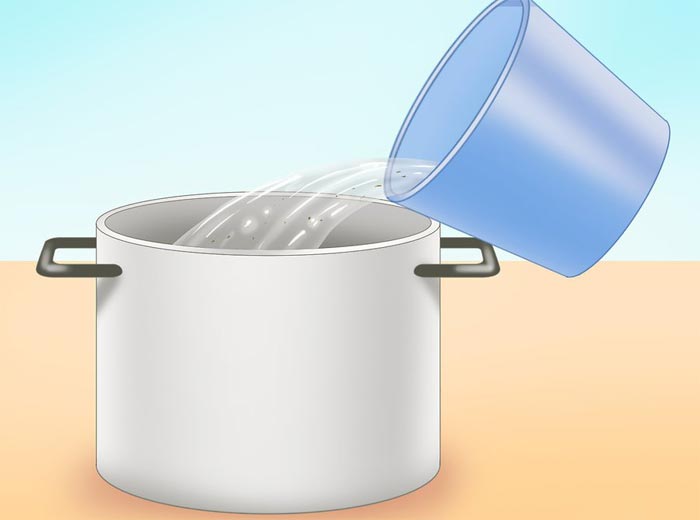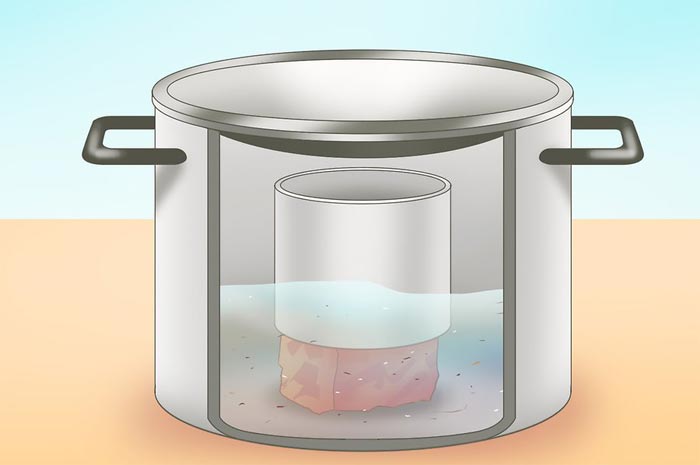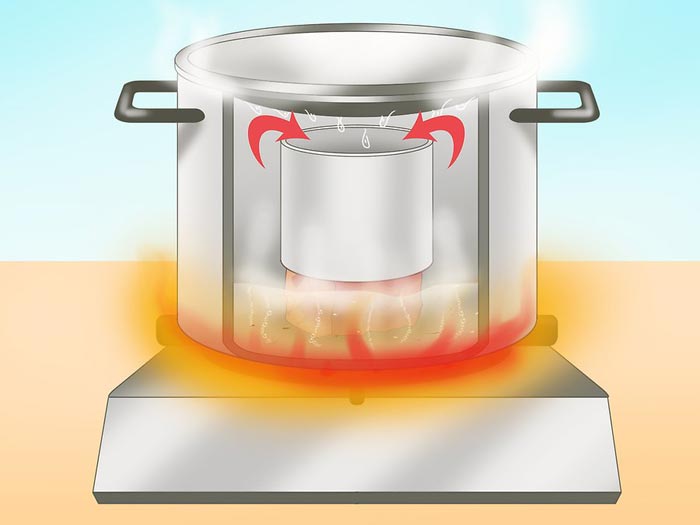
saffron liqueur recipe : How to sweat saffron plant properly at home, sweating or so-called distillation is very useful to remove impurities and minerals from a solution or water, when a liquid is heated, the steam evaporates and this The steam rises. saffron liqueur recipe at home. Join Orshid to teach you how to make Homemade saffron liqueur.
saffron liqueur recipe
With this process, water is separated from minerals that are in liquid or solid form. When the steam has cooled, it condenses again into a liquid, which is free of impurities and can be collected and reused. Of course, this is a bit time consuming, but when you want to remove impurities from a liquid, it is an immediate solution.
Saffron
This plant is very suitable for the health of the human body. Saffron has more than 150 different antioxidant compounds that reduce the risk of cardiovascular disease, strengthen memory and treat premenstrual syndrome. Saffron is consumed in different ways.
Iran is the largest producer of saffron in the world. Torbat Heydariyeh city is known as the saffron capital of the world due to its annual production of 50 tons of saffron.
saffron liqueur
One of the least expensive methods is to sweat saffron plants or purify liquids using tools found in the kitchen.
saffron liqueur recipe at home
To sweat saffron, do the following:
step 1:
Prepare a large pot with a lid.
Pick up the largest pot you can get to distill more liquids.
The pot should be large enough to hold another small container, such as a steel bowl or other metal bowl.
If the lid of the pot is curved, use it instead of a flat lid, the curved shape of the lid of the pot helps to collect condensate towards the center.
If you do not find a curved lid, you can use some aluminum foil, place it on a large bowl and give it a curved shape so that you can use it as a pot lid.
Turn the foil over to cover the pot.

step 2:
Put another container in a large container to drain the liquids.
Choose a container that can withstand high boiling temperatures.
You may want to bring the collection container to the top of the pot.
To do this, place a base shelf in the bottom of a large pot and place a small container on it to raise its height.
You can even use a brick or something similar that does not come in contact with distilled liquid.
You can make a hole in the valve and use a long tube to collect the distilled liquid or sweat in a separate container.
Of course, you may have to make holes in your kitchen utensils to do this better.

step 3:
Pour dirty water into a large saucepan.
Make sure that no dirty or dirty liquid is spilled into the small container.
You may just want to fill the pot to the point where it is only a few inches below the height of the small container.
If water is too close to the collection container, it may spill into pure or distilled water and contaminate it.

step 4:
Turn the pot lid upside down.
By turning the lid of the pot, the curved angle helps to direct the water vapor towards the center so that it gathers together and flows into the small container.
You can put a few packs of ice or cold water on the lid of the pot to cool the steam faster and liquefy it.

step 5:
Boil the water again.
Turn on the stove and heat the water, check the water temperature and bring it to a gentle boil.
If you heat the water too much and the flame is too high, dirt droplets may spill into the small collection container, adjusting the water temperature whenever necessary.

step 6:
Boil the contents of the large pot as much as possible.
But do not let all the water in the pot dry out or ruin the pot forever.
Allow the distilled liquid or sweat you have taken to cool.
Boiling the liquid takes several hours to get a large and specific amount of the desired plant sweat or pure liquid, so you have to be patient.
If you want to eat saffron drink, you can read Saffron syrup recipe.




